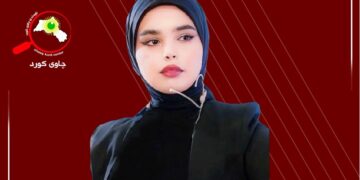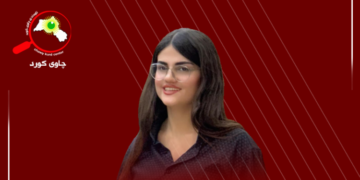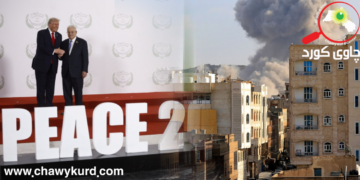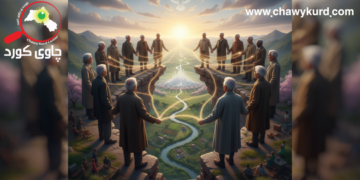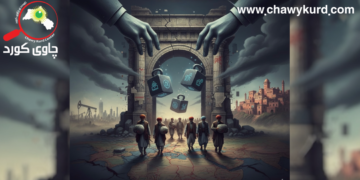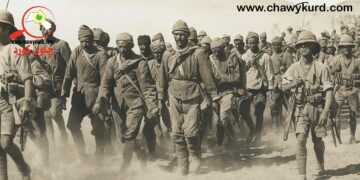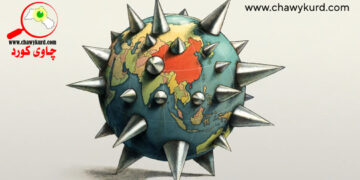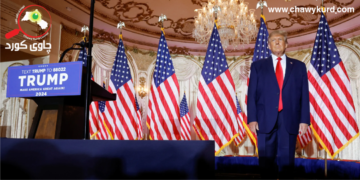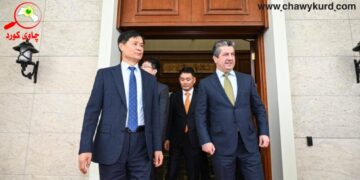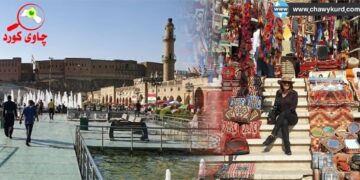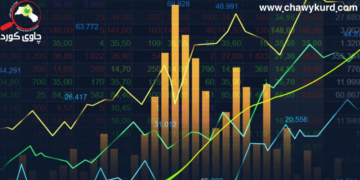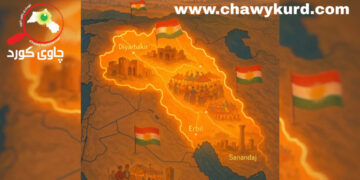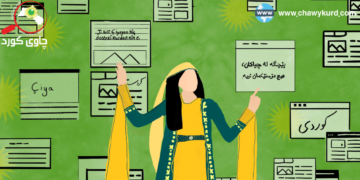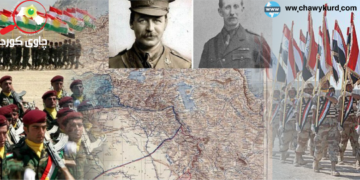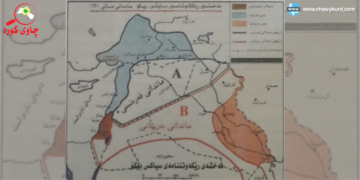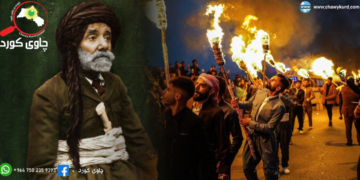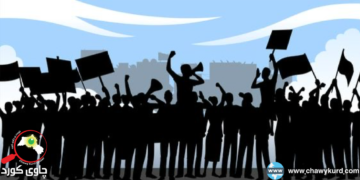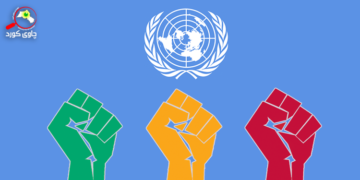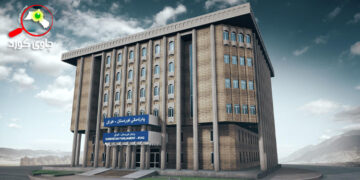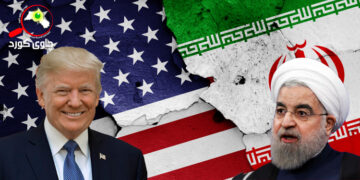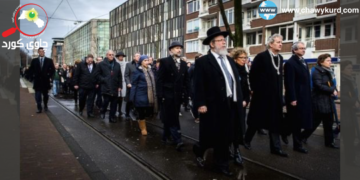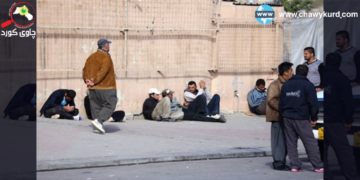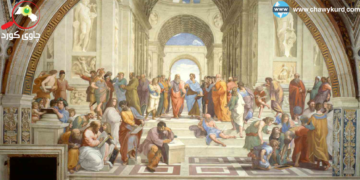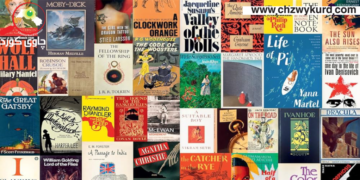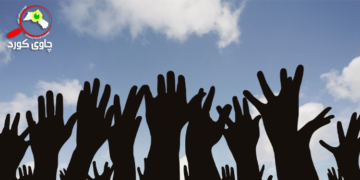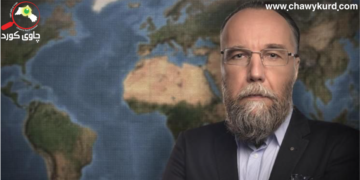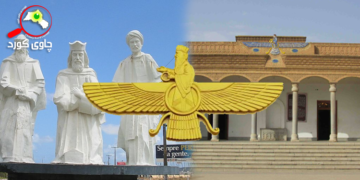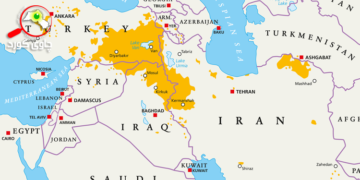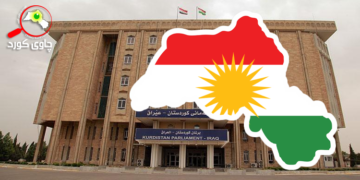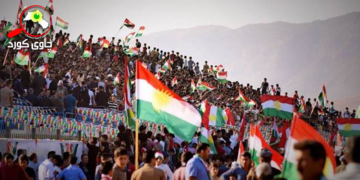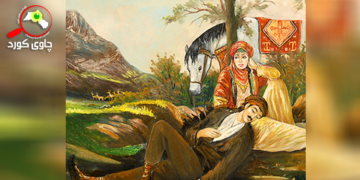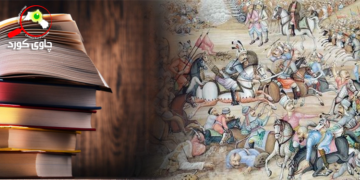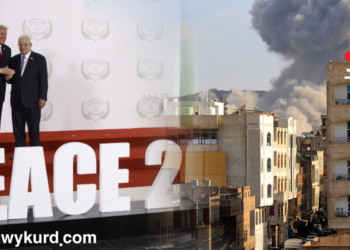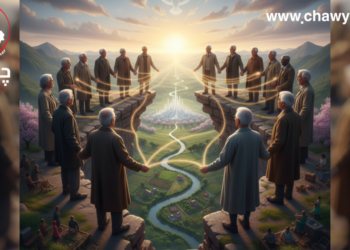Lerner in his book entitled (The passing of Traditional Society, Modernization the Middle East, 1958)
He studied the process of modernizing six countries in the Middle East. These countries were Iran, Turkey, Syria, Jordan, Lebanon and Egypt. Additionally, fieldwork was also conducted in Greece, but the results for Greece are not discussed in this book. (The fourth edition of the book in 1968 is used to investigate the situation of Lebanon in 1958).
Lebanon
Lerner uses the title Lebanon: Two worlds in a small compass. At the time of the study, Lebanon was considered the most modern country in the region, followed by Turkey. At that time, Lebanon was not advanced in terms of agriculture, industry or military. However, it had a high rate of urbanization, literacy and use of media. According to Lerner, historically Lebanon has been a country that has had trade, administrative and visiting exchanges with the outside world.
Lebanese Christians were in contact with the European Christian world. This religious, economic and cultural exchange changed the characteristics of rural life in Lebanon compared to other Arab countries. According to Lerner, a number of factors encouraged Lebanon to move towards modernization:
First; the Westernization Factor”
Through history, Lebanon has been an entrepot for trade and exchange of ideas. This led to a growth in literacy in the country. The presence of foreign universities, airports and holding international conferences in the country has encouraged Lebanese society towards an open society. For Lerner, the turning point of modernization in Lebanon dates back to the massacre of Christians by the Druze in the 1860s. After this tragedy, the European powers created an autonomous region for Christians and established political-administrative institutions. This led to the development of Lebanese social and political life; Lebanon was ahead of all other regions under the Ottoman Empire.
While Christianity brought enlightenment to Lebanon, Lebanon’s political modernization is a French legacy. The British and Americans were also active in trade and education. The French drafted new laws and established social order. The French also built roads, ports, cement and silk factories. All these factors have led to the mobility of the Lebanese individual and migration from the villages to the cities and to the outside world. Consequently, communication of Lebanese, especially the Christians of this country, has been one of the factors of the modernization of this country.
“The second factor; media and social status”
Lerner discusses the role of listening to the radio in encouraging individuals to follow events and try to learn about culture and events in the outside world. Especially those who speak other foreign languages such as French and English. According to Lerner’s research on Lebanon, people who listen to the radio also try to access other media such as newspapers and magazines. According to Lerner, those who listen to foreign (Western) media have become carriers of Western values and show empathy for Western values, which is a modern value and does not stand against the West. They even listen to western music. According to Lerner, those who listen to foreign (Western) media have become carriers of Western values and show empathy for Western values, which is a modern value and does not stand against the West. They even listen to western music.
“The third factor; Holders of new views in rural Lebanon”
Rural life in Lebanon has changed with new sources of information and new ideas. Lerner describes how the arrival of the media in the village led to a new source of information and changed the relationship between village members. That is, someone like the Mukhtar or village elder was no longer the source of information. The migration of the new generation from the village to the city and the adoption of urban values and literacy that lead to higher levels of individual income also portray this new generation as emerging leaders and innovators of new opinions in the villages.
“The fourth factor; Women and the Media”
Lerner defines how women are considered the honor of the family in traditional society, are less involved than men in the division of social labor. Lerner mentions examples such as the headscarf and niqab, gender differences between men and women, and the male vanity culture in Middle Eastern society.
Even the education system is based on these backward values. Lerner highlights how religious beliefs are accepted by the female gender itself as inferior to men. In his research, Lerner conducts interviews with educated and illiterate women. He calls educated women modern. According to the results of the study, educated women are more likely to accept the values of the modern world (America) and the modern position of women, while illiterate women reject these positions and values.


